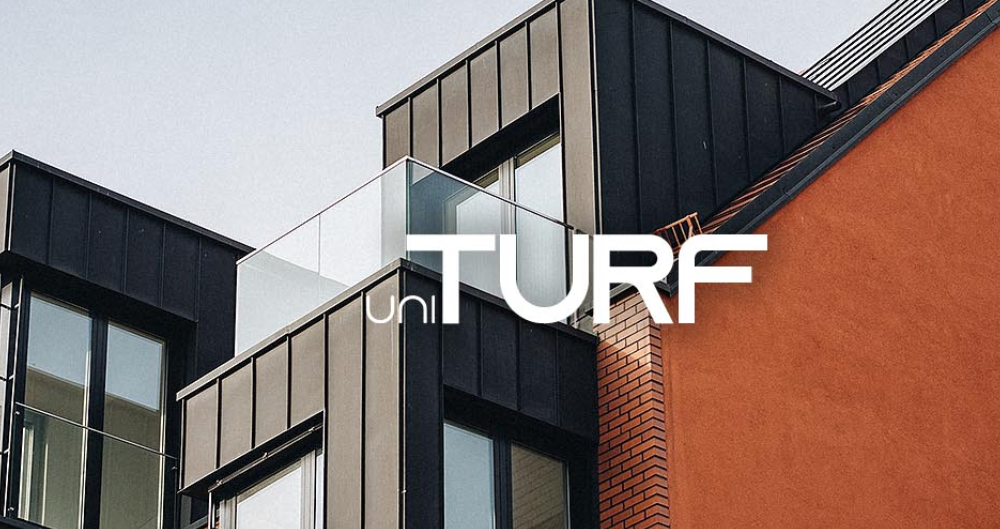Summary: TURF – student housing design challenge is searching for a design of a student housing community that caters to their function as well as psychological needs. The main challenge to be addressed is to find ways of making the design economical but in a charming way. This housing must be designed to cater to a diverse group of students, so access and layout must be planned accordingly.
Description:
PREMISE
Education is a powerful weapon that can be wielded by students to change the world. This makes students a valuable asset to every nation, and the manner in which they are taught and guided will be reflected in the future.
While academic spaces are responsible for being conducive to creativity and problem-solving, other spaces in students’ lives are given less thought. Students spend a lot of time in different forms of student accommodations, and these places are capable of largely influencing their physical and mental health. Student accommodations are generally designed to function as living spaces, through minimal interventions. Even so, it is important that these spaces be as open and creative as we want the student’s minds to be, and design plays a major role in creating such quality environments.
Achieving quality is a difficult goal to achieve since it is often governed by economic factors. But with the demand for housing solutions rising, maintaining a balance between quality and quantity becomes more complicated.
THE CRISIS
Among the various crises that the world is facing right now, housing is a big part of it. Housing Solutions for the homeless, migrants, refugees, poor people, students, and so on are being actively sought after. But in this priority list, the authority is scrambling to find solutions for the larger sections of society, while the needs of the comparatively smaller crowd of students may go unnoticed.
In countries like the Philippines, the authorities are pitching ideas for condominium and dormitory-type housing for students to foreign stakeholders, as the high demand for such accommodations in the country makes it a beneficial investment. So, while the money front is being taken care of, the reliance on architects and designers has increased to deliver high-standard spatial design for these accommodations.
What role can architects play in achieving efficient solutions for these accommodations?
BRIEF
Brief Design a student housing community that caters to their function as well as psychological needs.
The main challenge to be addressed is to find ways of making the design economical but in a charming way. This housing must be designed to cater to a diverse group of students, so access and layout must be planned accordingly.
The units must be designed in a modular manner so that they promote equality. The customization will be left over to its users. The function of the housing must be achieved in an inventive spatial design with a good form aesthetic. Creating safe and comfortable spaces must be a top priority.
Community housing is all about group living and it is necessary to provide ample opportunity to occupants to engage with nature as well as their peers. Isolation and depression is a common issue in students and this can be tackled with social design.
OBJECTIVES
Modular: All units in the community must be uniform in size and design.
Context: The site conditions and location will play a major role in the design of the community.
Economical: the design proposed must offer an economical solution for student housing.
Efficient: functionality balanced with aesthetics, creativity, and comfort achieved with minimal resources and smart solutions/interventions
Social: the design must provide spaces for community interaction, gatherings, and events.
SITE
Manila is the most densely populated city in the world. A population of more than 22 million lives on urban land of 1400 square kilometers. The city has a huge population of students who are enrolled in institutes and universities, but the high density and demand are creating a shortage of living accommodations. The site is located in the Pandacan region of Manila and is located close to the neighborhood universities that act as an advantage for the location of such a provision. The site has the Pasig river to the north providing an additional vista. Site area – 6478 sqm Max. Builtup Area – 2 x (Site Area ) Ground coverage – 35% Height Restriction – 17m (Underground construction not permitted) Coordinates – https://goo.gl/maps/NfeLK3u5464t6uNB9
AREA PROGRAMME
The facility must be provided to accommodate 500 students in twin sharing (250 units) and 100 students in solo studio rooms (100 units). Amenities required such a community hall, recreational activities and sports areas must also be included. Any extra spaces that can be provided within area limits. Focus on the context must be given. Parking spaces for 300 Scooters/Moped – and 50 Cars to be included within site.
Prizes / Deadlines / Registration
For complete information on active prizes and details on the entry fee, visit the Awards & Fees section of the competition here:- Awards&Fees;
Learn more about this competition here: https://uni.xyz/competitions/t…


